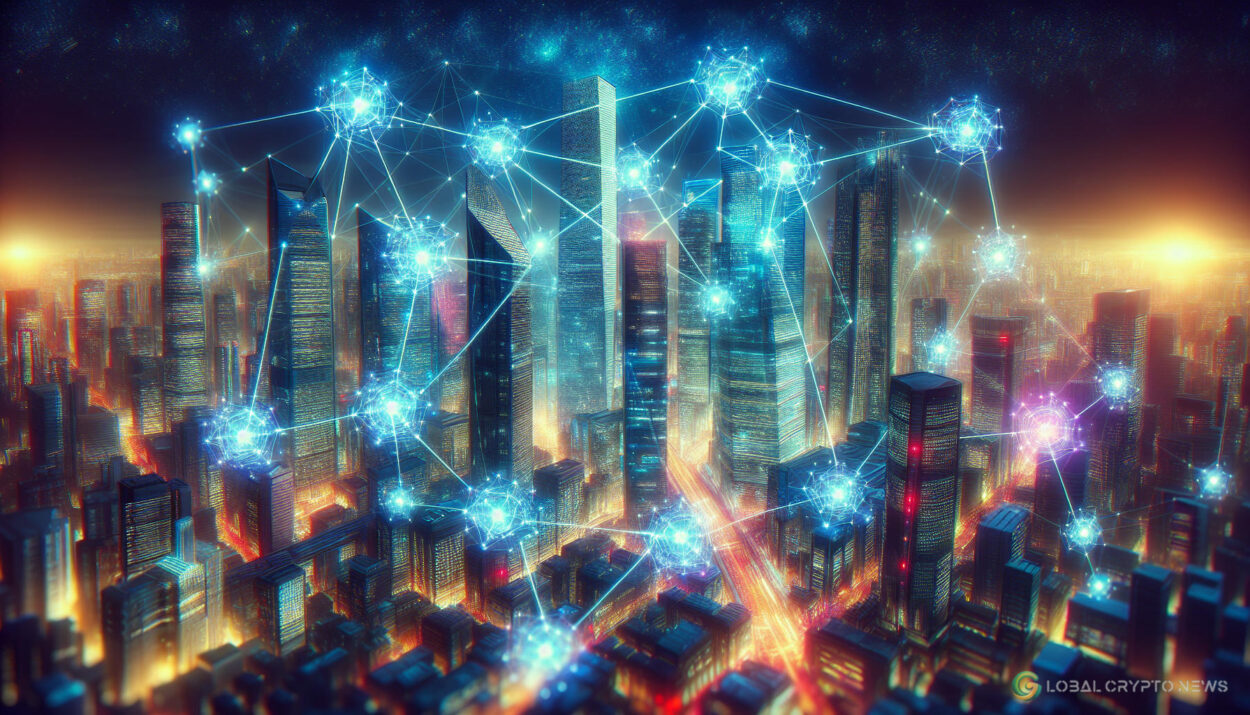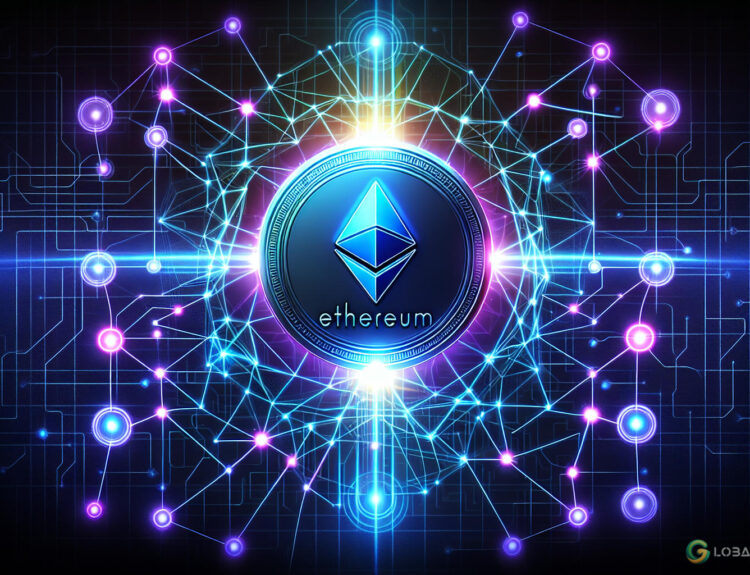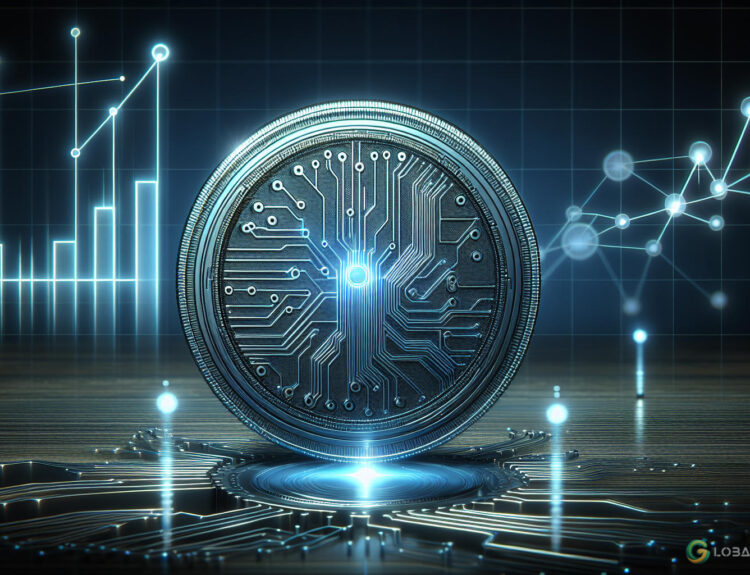Disclosure: The views and opinions expressed here belong solely to the author and do not represent the views and opinions of Global Crypto News’ editorial.
With a tech-savvy population, progressive regulatory frameworks, and ambitious government-led initiatives, significant strides are being made across the Middle East in nurturing blockchain and crypto innovation. This year, I attended the Satoshi Roundtable and the Token 2049 summit in Dubai, two major events in the global web3 circuit. These gatherings showcased the latest milestones and breakthroughs in the web3 landscape and highlighted the region’s rapid growth as a hub of web3 activity.
In recent years, MENA has developed a reputation for hosting high-quality events, attracting top talent in web3. Since the launch of Lemniscap seven years ago, we have actively identified and backed emerging web3 solutions, both from an infrastructure and consumer perspective. The MENA region offers exceptional investment opportunities within emerging verticals, and as blockchain technology evolves, the Middle East’s appetite for web3 growth will create a fertile ground for innovative projects.
Phygital: The Intersection of Blockchain and Physical Assets
One of the most intriguing investment opportunities in the Middle East is the ‘Phygital’ space, which represents the convergence of blockchain technology with physical assets. This fusion has the potential to transform industries such as real estate, art, and luxury goods—sectors that are already thriving in MENA. Blockchain’s immutable ledger and smart contract functionality provide a robust framework for managing and trading physical assets transparently and securely.
For instance, tokenizing real estate on blockchain platforms enables fractional ownership, allowing investors to buy and sell shares in high-value properties. This is particularly relevant in countries like the UAE and Saudi Arabia, where real estate investment is a significant driver of wealth. Blockchain deployments in the UAE’s real estate sector have facilitated property transactions using Bitcoin, offering international investors a seamless and transparent way to invest in MENA property markets.
Additionally, tokenizing art and collectibles secures proof of authenticity, traces provenance, and allows trading portions of high-value pieces. This democratizes access to valuable assets and reduces fraud, a key concern in these markets. However, the infrastructure for integrating digital and physical assets is still evolving. Establishing secure connections between blockchain-based tokens and physical assets requires reliable tracking systems like IoT devices or RFID technology. Legal and regulatory ambiguities may also restrict growth in the short term, but once resolved, the Phygital space will see expansive growth.
Web3 Gaming
Governments across the MENA region are fostering innovation within the gaming sector, recognizing the opportunity to support web3 gaming platforms, which are gaining popularity. These platforms empower players with real ownership of in-game assets through NFTs and play-to-earn models.
Dubai, in particular, has emerged as a leading hub for web3 gaming development, with initiatives like The Dubai Program for Gaming 2033, aiming to create 30,000 new jobs in the sector. Gaming is a high-potential vertical for crypto adoption but also one of the most challenging. Complex blockchain integrations, slow transaction times, high gas fees, and difficult onboarding processes for non-crypto users hinder the web3 gaming experience, limiting mainstream adoption.
For example, high Ethereum transaction fees deter in-game purchases or NFT trades, while complex wallet setups discourage casual users. However, advancements such as Layer-2 scaling solutions and gasless transaction models can resolve these issues. Simplified onboarding through user-friendly wallets and seamless blockchain integration can significantly improve user experiences. Once these obstacles are overcome, web3 gaming can attract millions of players, unlocking massive growth opportunities and player-owned economies.
DePINs: Decentralized Physical Infrastructure Networks
Decentralized Physical Infrastructure Networks (DePINs) present another promising frontier for VCs in the web3 space across the Middle East, renowned for its vast energy resources. DePINs use blockchain technology to enable decentralized networks that support physical infrastructure.
Countries like Saudi Arabia and the UAE are investing heavily in renewable energy to diversify away from oil, presenting timely opportunities for VCs to back projects that could redefine energy management and distribution in the region. For instance, Abu Dhabi’s Advanced Technology Research Council introduced a blockchain-powered carbon tracking and trading platform, enabling companies to offset their carbon footprints more effectively and transparently, demonstrating high-level buy-in for blockchain-centric sustainability measures.
While DePIN projects show promise, their success in MENA will depend on the region’s ability to build and maintain robust physical networks that support decentralized applications, requiring significant investment in physical assets and technology. The cost of infrastructure development is high, and projects may take years to mature fully, but the roadmap for success is clear.
From a VC perspective, the Middle East offers highly attractive opportunities for targeted investments within the blockchain space. Initiatives like the UAE’s Digital Government Strategy 2025 promote digital and blockchain integrations across core government departments, creating a ripple effect across the tech and investor ecosystem.
Stay updated with the latest news and insights on cryptocurrencies, investing, and finance by exploring more on Global Crypto News.

























